The decisions of the United States Supreme Court have profoundly shaped American life. This article highlights landmark cases that had a huge impact. We’ll explore each case and focus on the fundamental changes they brought to American society.
Brown v. Board of Education (1954)

This case ended racial segregation in public schools. The Court said that separate schools for black and white students were unequal. This decision was a big step in the civil rights movement.
Roe v. Wade (1973)

This case was about women’s rights to choose abortion. The Court decided that women could make their own decisions about abortion in early pregnancy. This ruling sparked ongoing debates about abortion rights.
Miranda v. Arizona (1966)
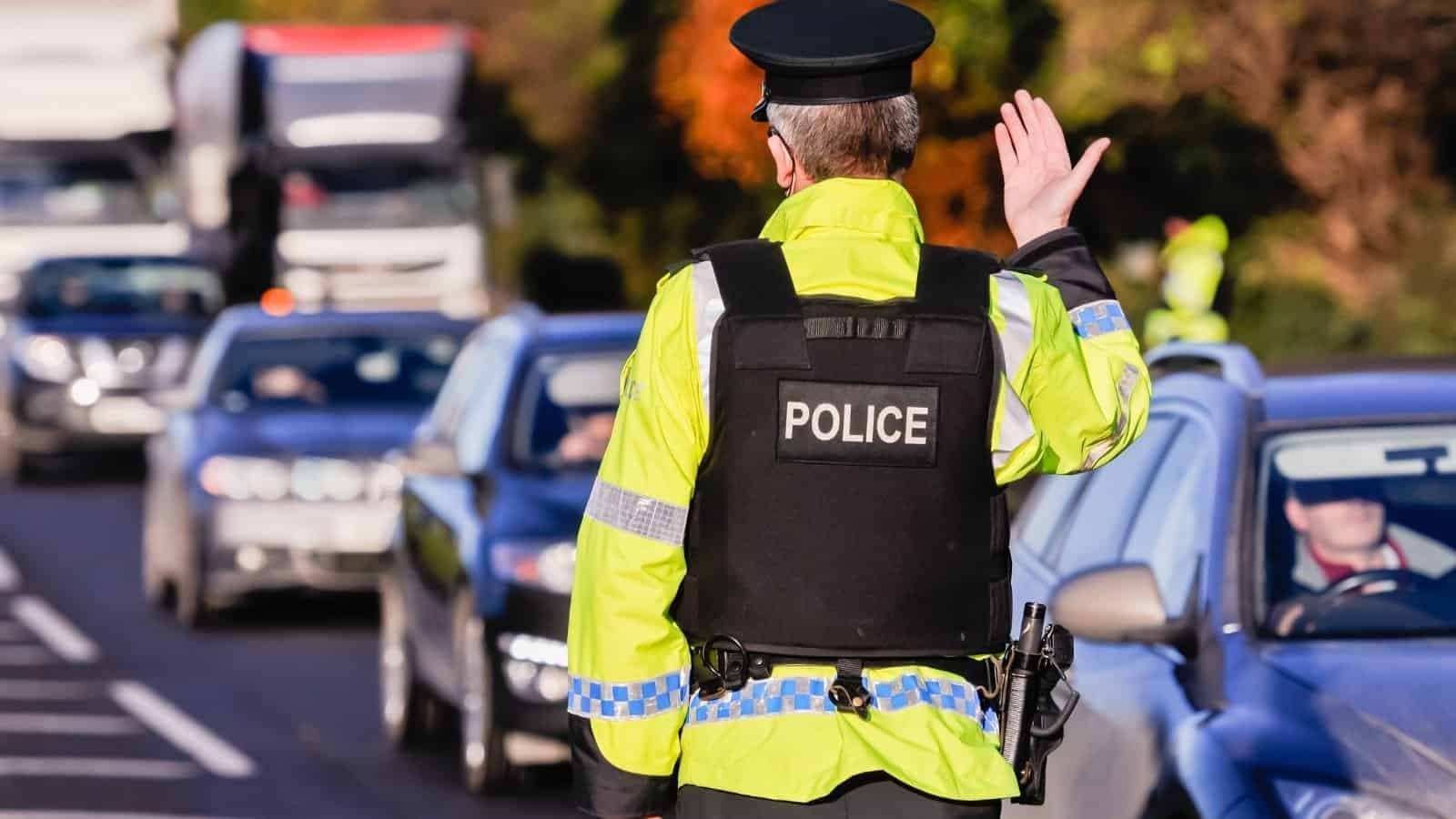
Because of this case, police must tell arrested people their rights. This includes the right to stay silent and to have a lawyer. It’s called the “Miranda Rights” and helps protect people’s freedom.
Loving v. Virginia (1967)

This case allowed people of different races to marry each other. The Court said that laws banning interracial marriage were wrong. It was a big win for racial equality.
Obergefell v. Hodges (2015)

This case gave same-sex couples the right to marry. The Court said that not allowing them to marry was unfair. It was a massive moment for LGBTQ rights.
United States v. Nixon (1974)
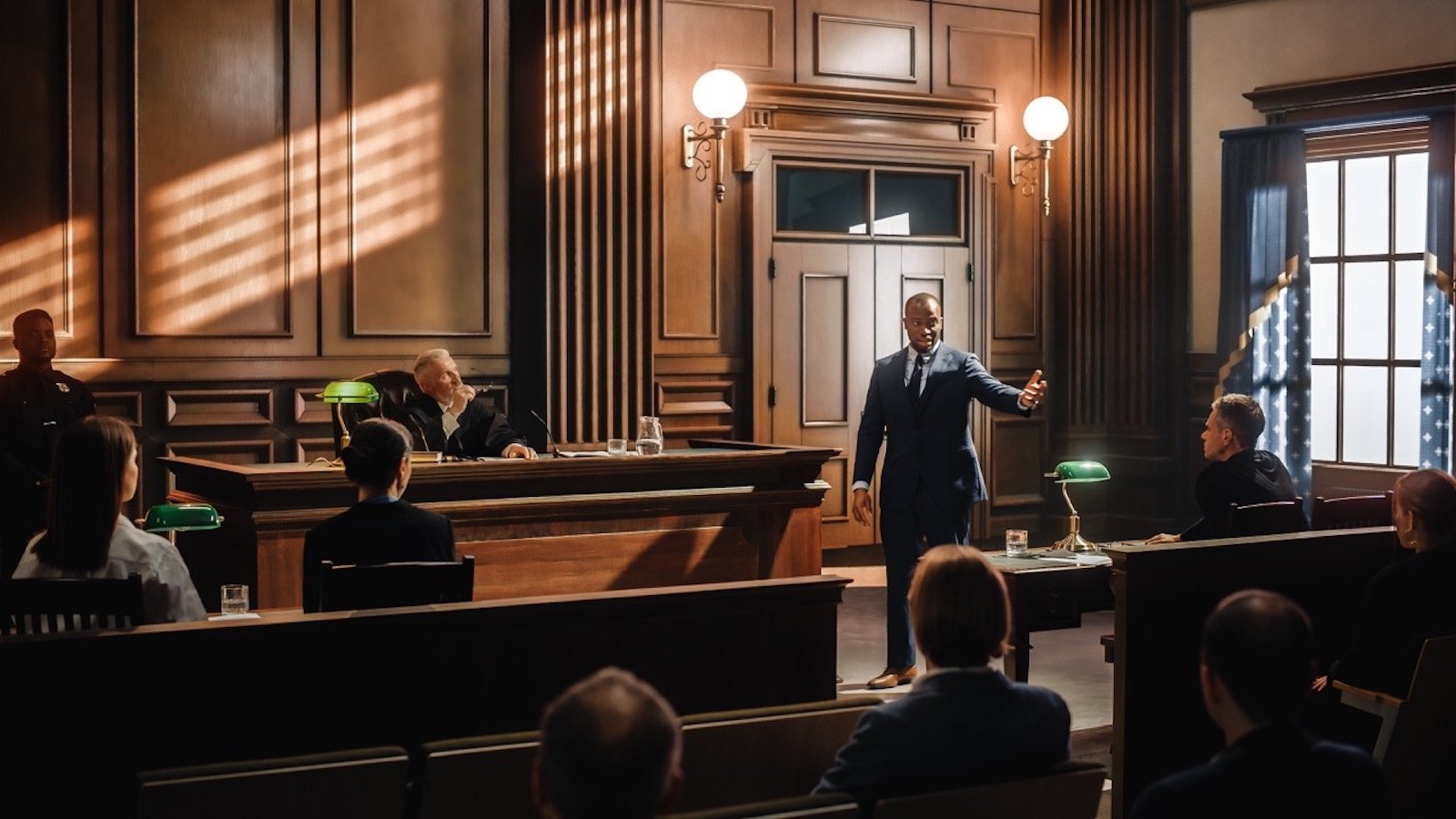
This case was about President Nixon during the Watergate scandal. The Court said that the president couldn’t keep tapes secret. It showed that even the president must follow the law.
Gideon v. Wainwright (1963)
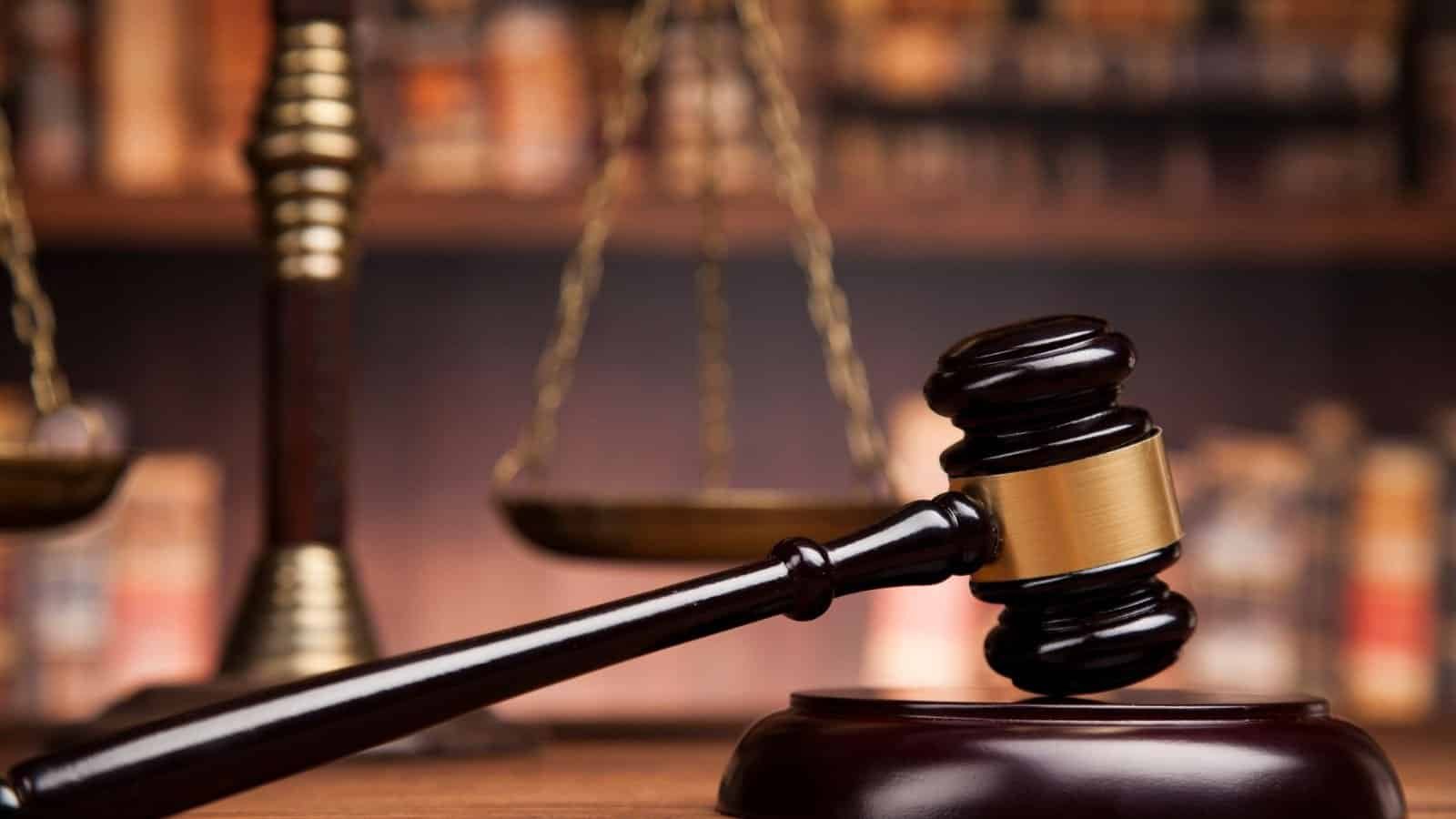
This case said poor people have the right to a free lawyer in criminal trials. It meant that everyone, rich or poor, got a fair trial. This is important for justice.
Bush v. Gore (2000)

This case decided the outcome of the 2000 presidential election. The Court stopped a vote recount in Florida. It resulted in George W. Bush becoming president.
Citizens United v. Federal Election Commission (2010)

This case changed how people can use money. The Court said that companies and unions could spend money on political ads. It led to more money in elections.
Tinker v. Des Moines Independent Community School District (1969)
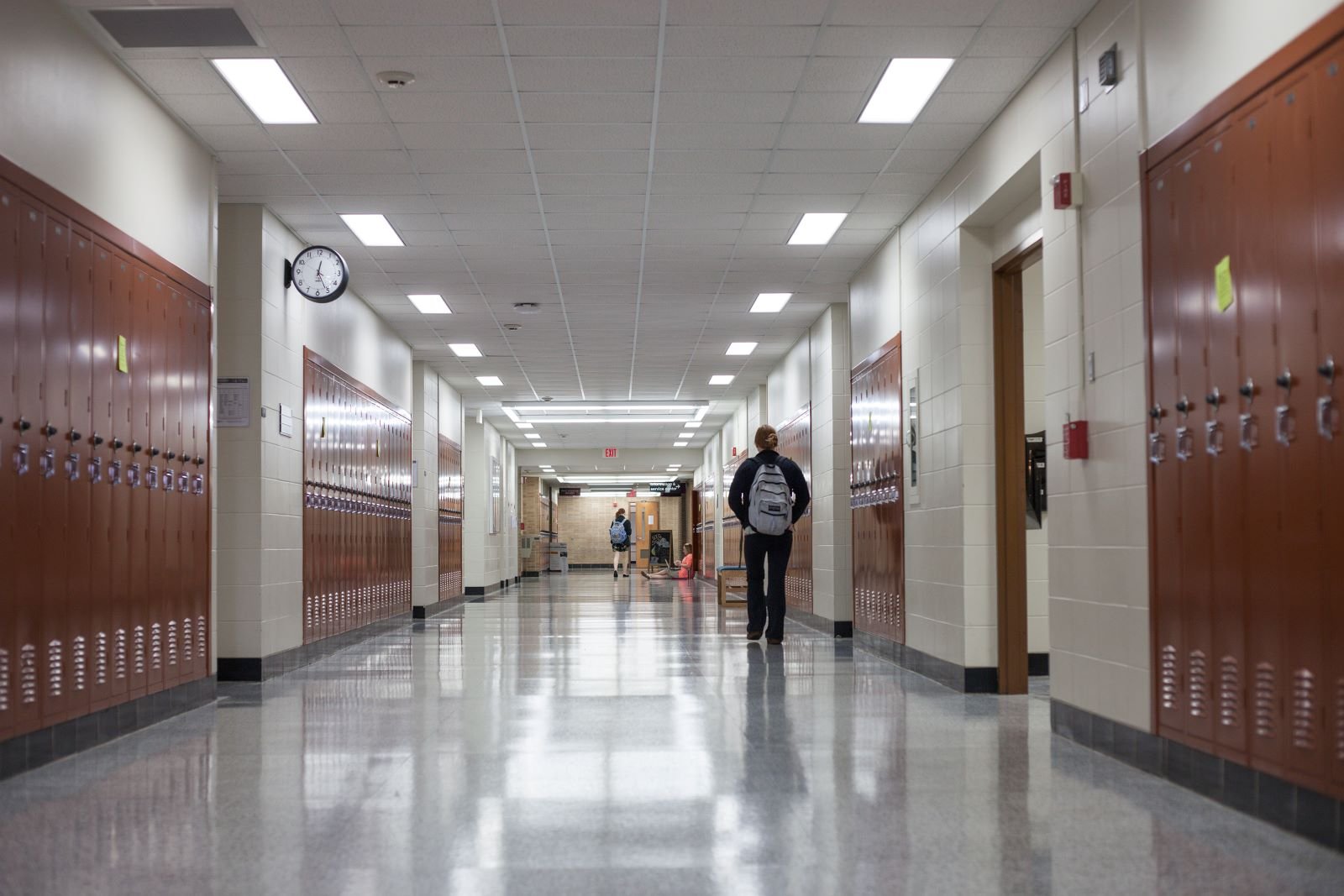
This case was about students’ rights to free speech in school. The Court said that students could wear armbands to protest the Vietnam War. It showed that students also have rights.
Marbury v. Madison (1803)

This case established the Court’s power to declare laws unconstitutional. It’s called “judicial review.” This case made the Supreme Court a powerful part of the government.
New York Times Co. v. United States (1971)

This case protected the press’s freedom to publish classified information. The Court said it was important for a free press to check the government. It’s known as the “Pentagon Papers” case.
Engel v. Vitale (1962)

This case was about prayer in public schools. The Court said that schools couldn’t have official prayers. It protected religious freedom and the separation of church and state.
Plessy v. Ferguson (1896)

This case said that racial segregation was legal. It introduced the “separate but equal” idea. Brown v. Board of Education later overturned this decision.
Mapp v. Ohio (1961)
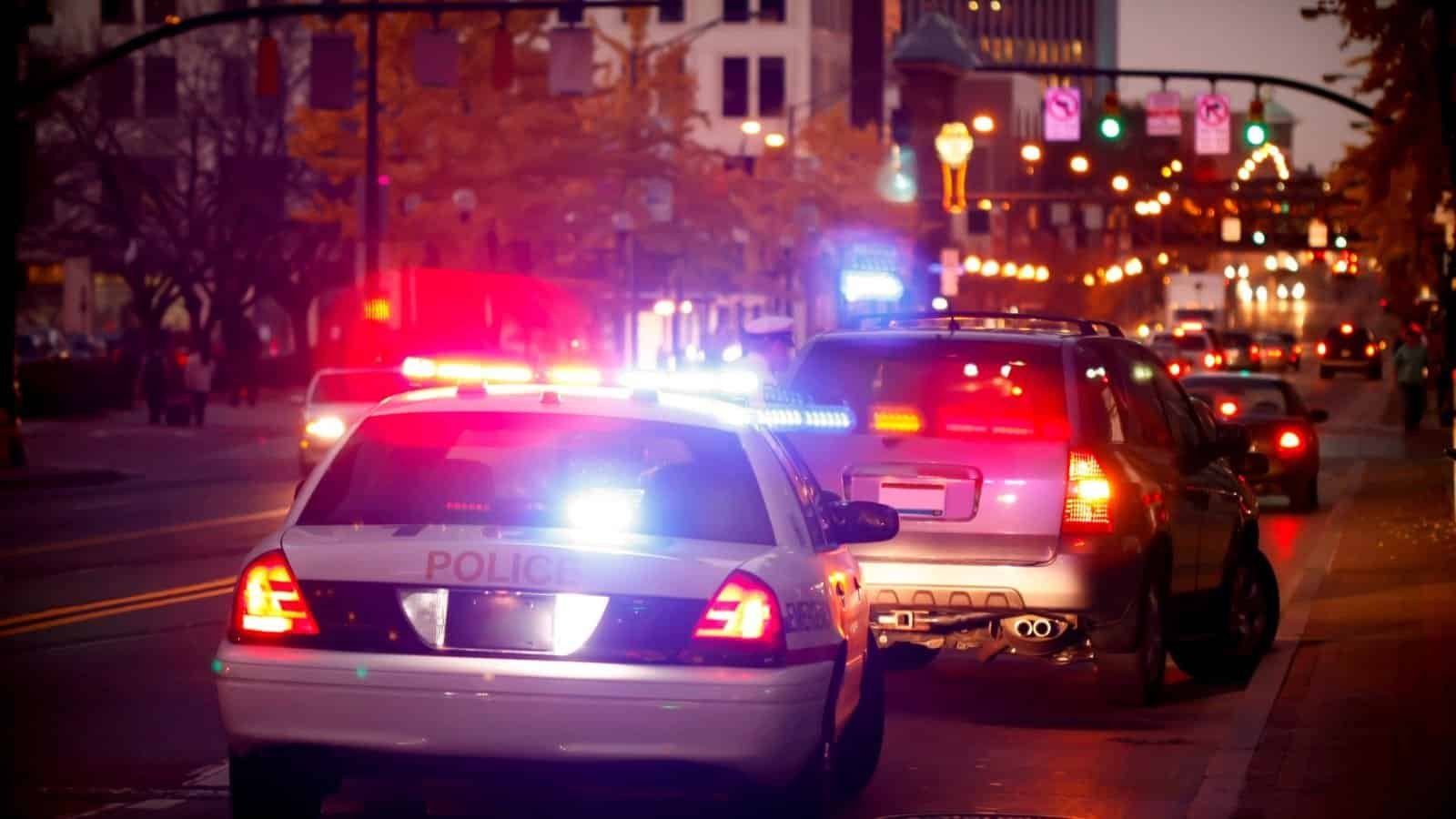
According to this case, courts cannot use evidence found in illegal searches. It protects people’s privacy and helps keep police actions fair.
Dred Scott v. Sandford (1857)

This case said that African Americans couldn’t be American citizens. It also said Congress couldn’t stop slavery in the territories. This decision was very controversial.
District of Columbia v. Heller (2008)

This case was about the right to have guns in Washington, D.C. The Court said that people have the right to own guns for self-defense. It’s a critical case for gun rights.
Texas v. Johnson (1989)

This case ruled that individuals have the right to burn the American flag. It’s protected as free speech. The Court ruled that even if it’s offensive, it’s still a form of expression. It’s essential for free speech rights.
Griswold v. Connecticut (1965)

This case said that married couples have the right to use birth control. The Court found that privacy in marriage is essential. It led to more freedom in personal choices.
Shelby County v. Holder (2013)

This case changed the rules about voting rights. The Court declared that some parts of the Voting Rights Act were outdated. Some states changed how they run elections.
Korematsu v. United States (1944)

This case was about Japanese American internment during World War II. The Court said the government upheld the internment of Japanese Americans from the West Coast Military Area during World War II. Today, people criticize this decision.
McDonald v. Chicago (2010)
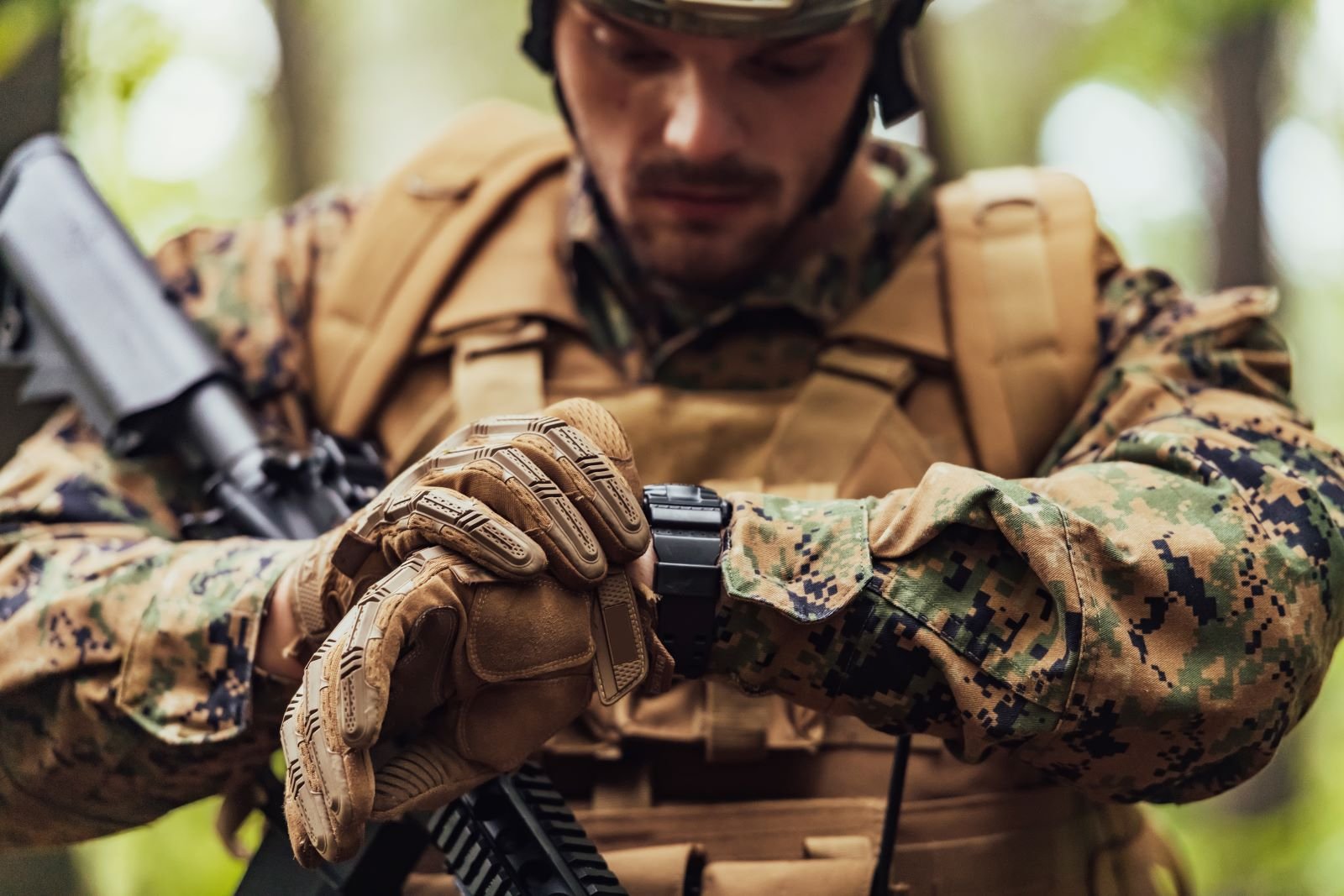
This case extended gun rights to states and cities. The Court said that the Second Amendment applies to local laws, too. It’s a big case for gun ownership rights.
Lawrence v. Texas (2003)

This case stopped laws that banned gay sexual activities. The Court said these laws were unfair. It was a big step for gay rights.
Baker v. Carr (1962)

This case focused on the process of making voting districts. The Court said that all votes should have equal weight. It’s crucial for fair elections.
Miller v. California (1973)

This case set rules for what counts as obscene material. The Court said that local communities should decide. It’s about balancing free speech and community standards.
Roper v. Simmons (2005)

This case was about the death penalty for minors. The Court decided that it was wrong to execute people for crimes they committed under 18 years old. This ruling was important for youth rights and the justice system.
